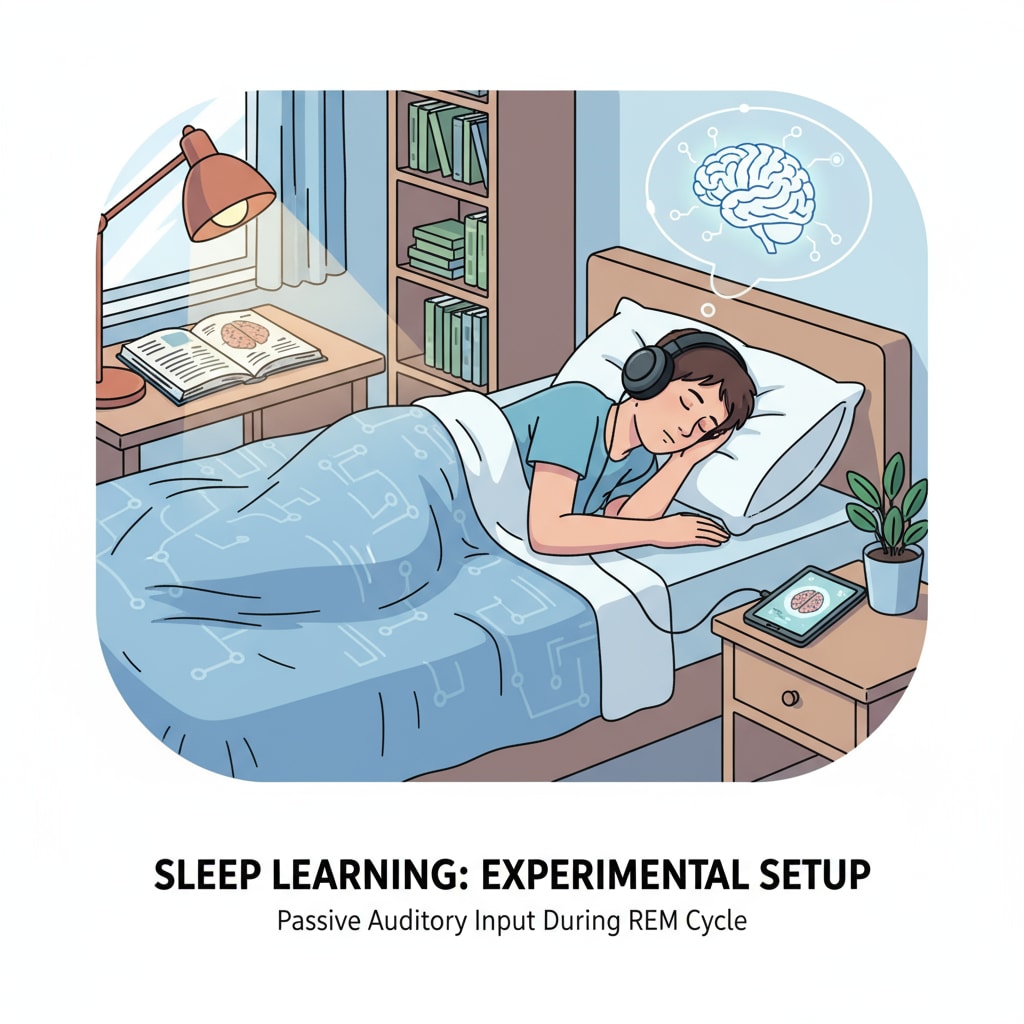Sleep learning, memory acquisition, and learning efficiency have long been topics of interest in the field of education. The concept of sleep learning, also known as hypnopaedia, has intrigued students, parents, and educators alike. But is it a scientific myth or a truly effective tool, especially in the context of K12 education?

The Science Behind Sleep Learning
The human brain undergoes different stages during sleep, including non-rapid eye movement (NREM) and rapid eye movement (REM) sleep. During NREM sleep, the brain consolidates memories, moving them from short-term to long-term storage. REM sleep, on the other hand, is associated with emotional processing and the integration of new information with existing knowledge. According to Britannica, these sleep stages play crucial roles in memory formation.
Limitations of Sleep Learning
However, sleep learning has its limitations. The brain’s ability to process complex information during sleep is restricted. For example, it’s difficult for the sleeping brain to understand abstract concepts or solve problems. As a result, relying solely on sleep learning for academic success in K12 education is unrealistic. Research from Wikipedia has shown that while some simple associations can be made during sleep, it’s not a substitute for active learning.

Despite its limitations, sleep learning can have an auxiliary role. It can reinforce previously learned information. For instance, playing audio of vocabulary words that students have already studied during the day can help with memory recall. This way, it may contribute to improved learning efficiency in combination with regular study methods.
Readability guidance: Keep paragraphs short, use lists when possible, control passive voice and long sentence ratios, and add transition words throughout the text.


